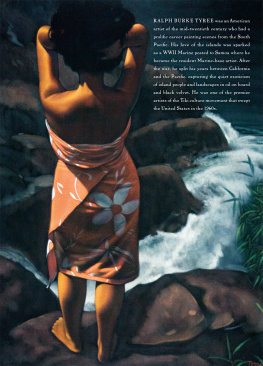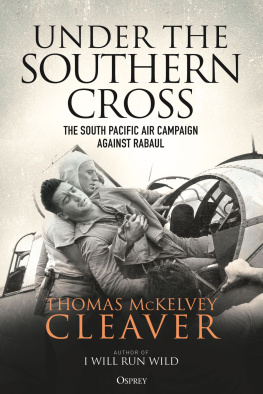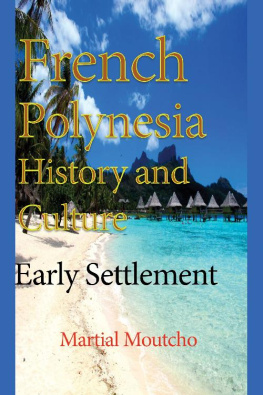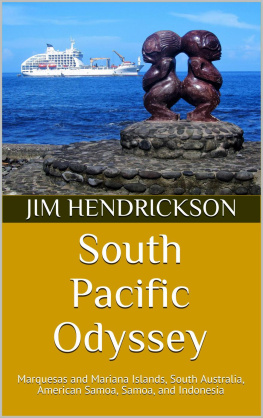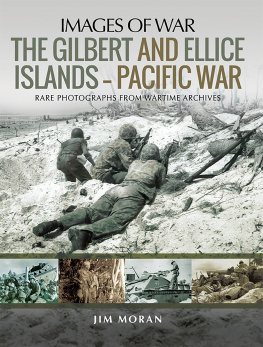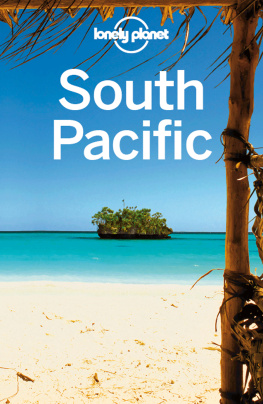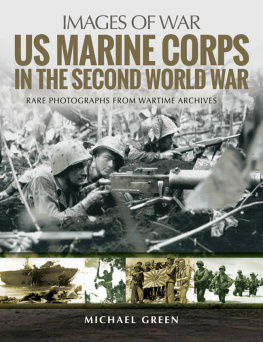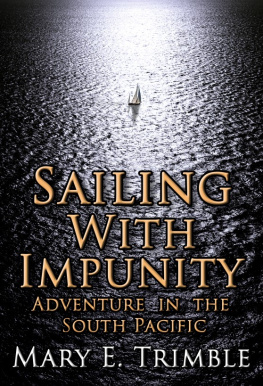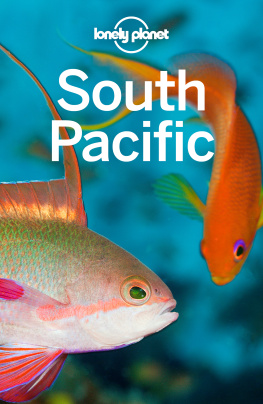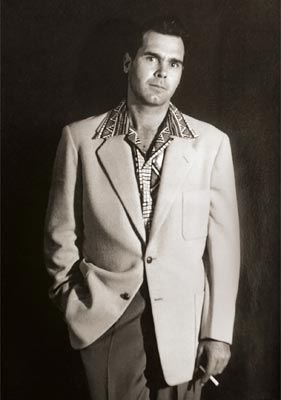
Ralph Burke Tyree, Circa 1965, Tyree Family
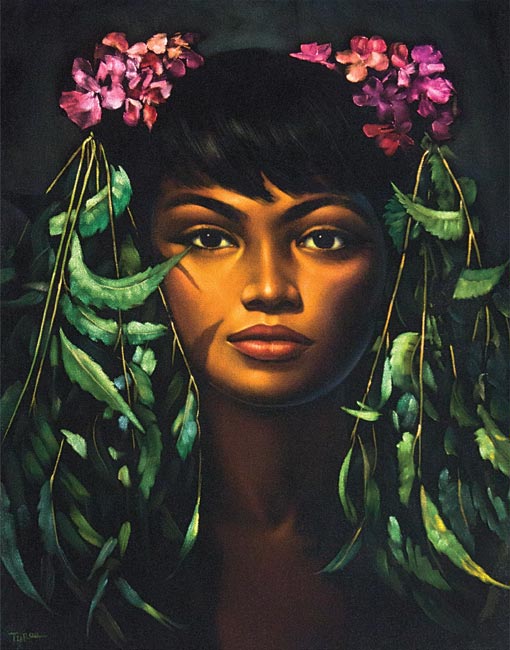
Ralph Burke Tyree, Kulio. 1968, Oil on velvet, 20 x 16, Authors collection
Copyright 2017 by CJ Cook
All rights reserved. No part of this publication may be reproduced, distributed or transmitted in any form or by any means, without prior written permission of the publisher, South Pacific Dreams Publishing.
Published by
South Pacific Dreams Publishing
www.SouthPacificDreamsPublishing.com
Library of Congress Control Number: 2017932274
Hardback ISBN 978-0-9984224-0-4
Ebook ISBN 978-0-9984224-1-1
Interior book design by Claudine Mansour Design
Printed in Korea by Four Colour Print Group, Louisville, Kentucky
This book is dedicated to the US Marines who fought and died in the islands of the South Pacific during World War II.
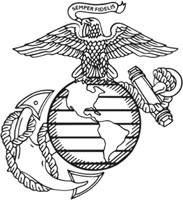
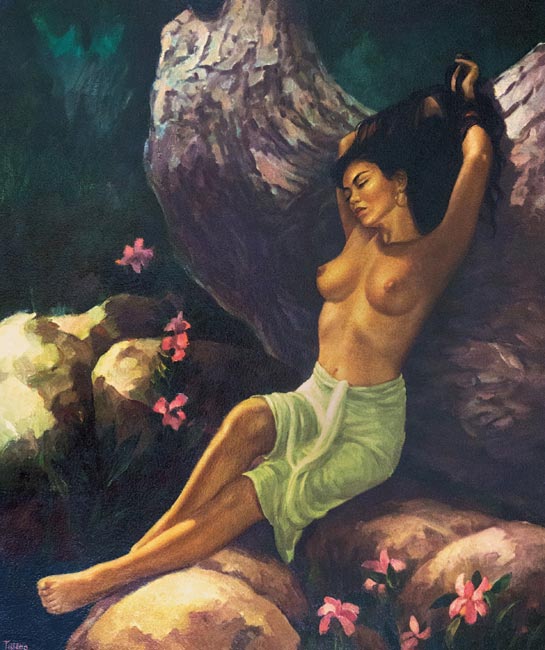
Ralph Burke Tyree, Sleeping Nude on Rocks with Green Sarong. Circa 1956, 19 x 15, Oil on board, Private collection
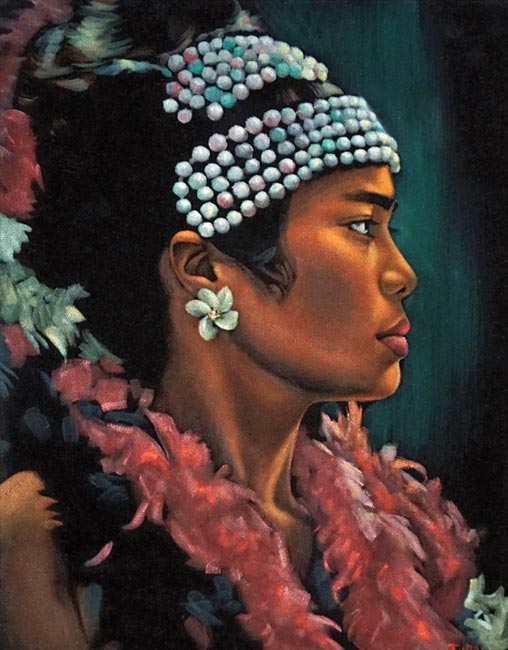
Fig. 0.1 Ralph Burke Tyree, Native Girl from Palau. 1974, Oil on velvet, 18 x 14, Authors collection
Preface

I purchased this enchanting South Pacific woman (wahine) by Ralph Burke Tyree in 2008 (Fig. 0.1). I was immediately moved by the depth and beauty of his art and wanted to find out more about the artist. There were only a few paragraphs about this man and his life available in books or online. Minnies, a Tiki restaurant in Modesto, California, owned some of his works and had a page on their website dedicated to him. An art collectors website, Askart.com, states, Ralph Burke Tyree (1921-1979) is well regarded as the most successful protg of Edgar Leeteg, the Rembrandt of Black Velvet, exceeding his master with his sensuous depictions of scenes and people from the South Seas. (Tyree never met Leeteg.) Sometimes their work was categorized as Tiki Art and graced famous haunts such as Trader Vics, Kona Inn, Don the Beachcomber, Canlis Restaurant, Pats at Punaluu, and the Tropics. Born in Kentucky, Tyree attended the California College of Arts and Crafts and then, between 1942 and 1946, worked as a public relations artist for the U.S. Marine Corps. Fascinated by the tropical flora and cultures of the South Pacific, Tyree painted extensively in Samoa, Fiji, the Gilbert Islands, and the Marianas.
I was hooked and began collecting his art! But who was the man, the artist, who painted such a beauty? Who was Tyree? As a child, Tyree lived in central California in the small town of Delhi, but traveled a great deal to the islands of the South Pacific with frequent return trips to California. As I acquired more of his art, gradually his story became clear. I bought an oil painting of an owl on velvet painted in 1978. This was in contrast to the beautiful Tyree portraits and nudes done in the 1960s. Finally I was able to buy a couple of his early works, oils on board done in the fifties. Sometimes I found that the back of the painting would have a newspaper article or his promo pamphlet. Slowly I began putting together his story. I was able to gain insight into the man and his art, the adventurer and the Marine.
It is likely he was inspired by the artists of Tahiti: John Webber from Captain James Cooks third voyage, Paul Gauguin, and Edgar Leeteg. Tyree lived on Samoa, Guam, and three different Hawaiian islands. He also lived in California, near Modesto, San Francisco and San Diego. He traveled, photographed, and then painted wahines from Macau (Hong Kong), Koror (Palau), Samoa, the Solomon Islands, Guam, Tahiti, Fiji and Hawaii (Fig. 0.2), as well as California girls with Pacific Rim ancestry. I have been fortunate to have traveled to nearly all these places. I was able to explore, relax and dream in these same exotic South Pacific islands.
An opportune break in my investigation into the life of this man came by way of communication with his family. First I met Marda, his only daughter, and then his wife Margo. Finally I met all of his sons, Jeff, Danny, Greg, Steve, Michael and Marc. Tyree was about my fathers age and his children near my age. The Tyree family has been most helpful in telling his story. Tyree was an amazing man and artist. This is his story and his beautiful art from the South Pacific peoples.
CJ COOK
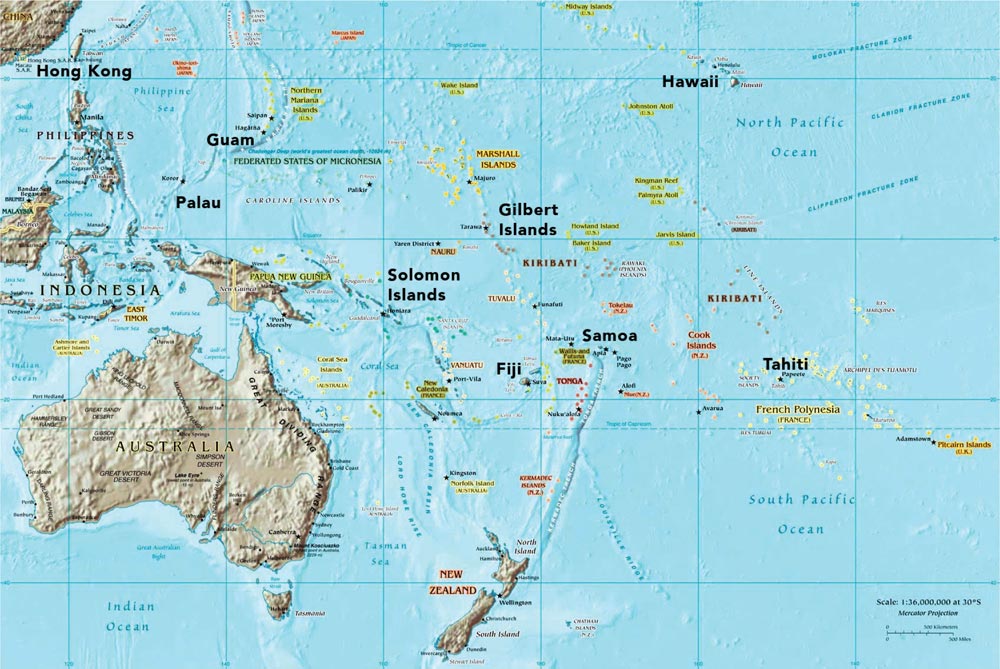
Fig. 0.2 Tyrees travels in the South Pacific (islands visited are in bold)
Introduction

Ralph Burke Tyree was one of the quintessential artists of the American Tiki Culture movement of the 1960s. Tiki Culture celebrated the romance of Polynesian life, as reported by returning WWII veterans and popularized by the writings of James Michener and Rodgers and Hammersteins musical South Pacific. This blossomed into the South Pacific restaurant of thatched huts, hammocks and mai tais, of coconut palms, hibiscus flowers and scantily clad women.
Tyrees love of the South Pacific began with his WWII posting to Samoa, as a Marine. There his artistic talent was quickly recognized and he was spared the front line, asked instead to paint portraits of his officers, their women at home and uplifting murals in the mess hall. This posting would change the course of his life. It launched him as a serious artist and was the beginning of his life-long love affair with the South Pacific, with its lush tropical environments and ethnically diverse people.
In 1952, after returning home to California, marrying, and beginning a family, Tyree moved back to the Pacific, settling initially on Guam. The advertising poster for his budding art business read: Portraits, Landscapes, Nudes. Tyree was very much a working artist, available for commissions, exploring new mediums, and seeking new markets. In the 1940s, he painted oil-on-board portraits of his WWII officers and their wives. In the 1950s, he continued to paint with oil on board, but explored the local subjects, frequently sensuous, idealized women in their equally sensuous environment. In the 1960s, he experimented with a new mediumblack velvetinventing ways to exploit its silky texture and mysterious depth.
Tyree came into his own financially with the Tiki Culture movement, finding, in the bars of Tiki restaurants, a lucrative market for his female nudes against exotic Pacific island settings. He is perhaps best known for these black velvet paintings of nudes, but his range of subject matter was much broader including male portraits and endangered animalsand his interest in the composition of the painting as a whole reached far beyond the mere depiction of a provocative woman. In fact, his women were rarely provocative.

